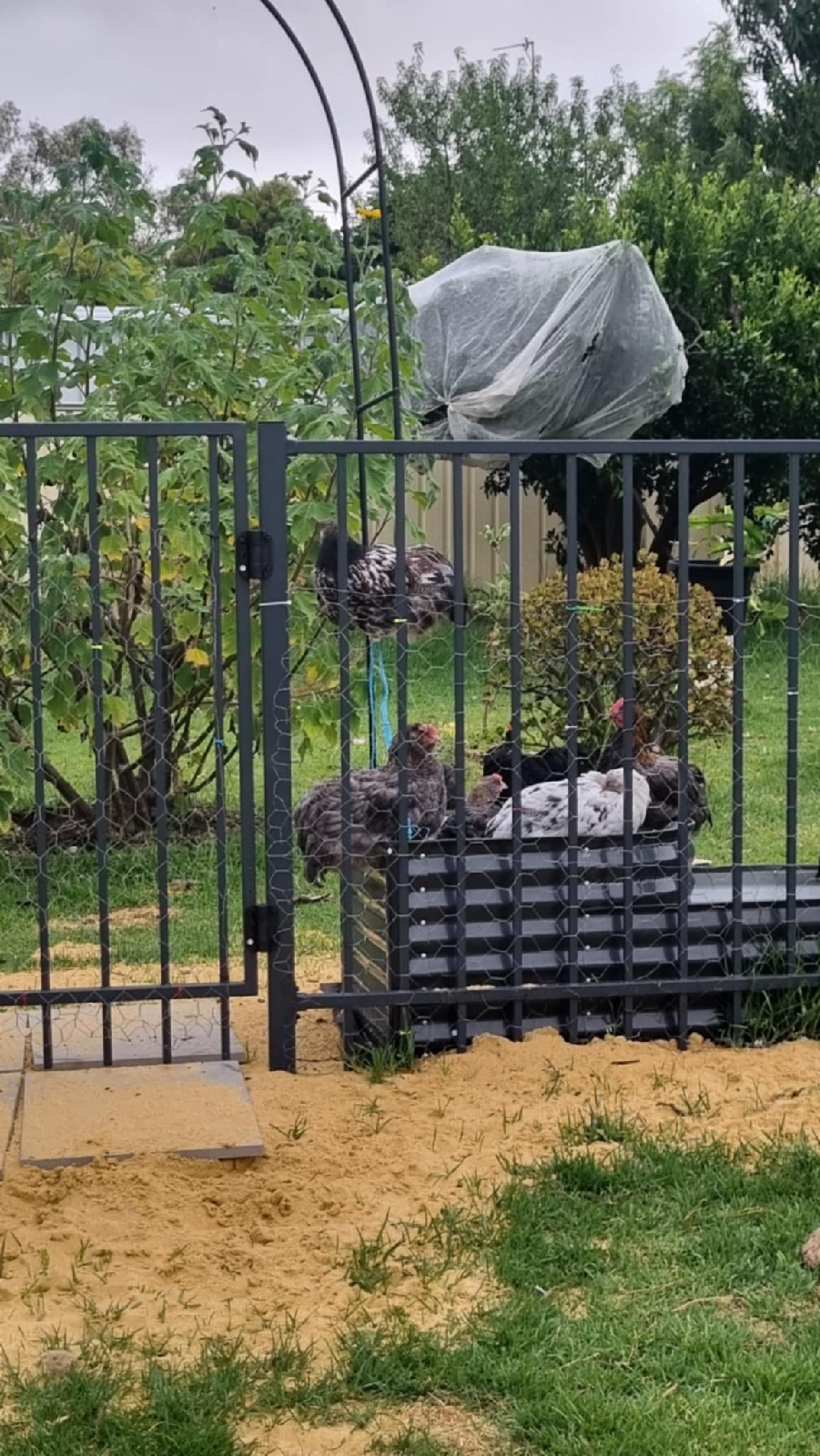Bees of Western Australia
Did you know, globally there are roughly 20,000 species of bees, around 2000 Australia wide, and Western Australia has about 800 species of native bee, lots of which have not been fully described and identified by scientists, and many are endemic only to Australia.
Because WA is home to so many bees, it would be almost impossible to cover them all, but the above, beautiful poster by Gina Grasons Art, displays just a handful of our stunning selection, and, as you can see, there is massive variation in colours, body shapes, sizes and hairiness. They even differ in where the build their homes and if they like other bees or not. They will range from the tiny Quasihesma bee at a micro 2mm all the way up to the yellow and black Carpenter bee at a whopping 24mm!
The tiny Quasihesma bee in comparison to the huge Carpenter bee.
Ever since I can remember I have had a passion and fascination about bees. The first moment I remember, is being intrigued about what little thing was cutting little half circles out of my mums rose leaves. I later found out this was the action of a leaf cutter bee, which soon became one of my utmost favourite bees.
There are approximately 27 different species of leaf cutter bees found within Australia so far, ranging from 6mm to 15mm in size. Their signature move, of course, being that they cut nice little pieces out of plant leaves to build their nests. These nests are built in a vast array of materials; pre-existing holes in timber, masonry or hollow stems, gaps around your doors or windows frames, bee hotels and many more. Those snaffled pieces of leaves are then used to create a nest for the females to lay their eggs or line the hole.
Closely behind leaf cutters, is masked bees. My partner couldn't believe it the first time I showed her one, she thought it was a midgie. Living in the wall of our old home, in an old screw hole, was this tiny little friend.
This is a masked bee, one of roughly 173 species found in Australia.
One Australian found bee on my bucket list is Hylaeus albozebratus. I have struggled to find information about this bee over my years, but Terry Houstons book offered a snippet. All I know is my best chance to find one is on white flowers as they appear to frequent them and that is why the bee is thought to be white itself.
The Dawsons Burrowing bee, well they're huge and chonky buzzies. They also create their nests underground. In Western Australia we find them a lot in the northern part of our state, where the soil is deep orange red, and usually by the hundreds. The biggest sign their around? Lots of little mounds through out the soil.
Kit Prendergast is amazing regarding her knowledge and experience around native Australian bees, and I would highly recommend her handy little book, such great information in here. I was lucky enough to meet Kit at a garden festival, my gosh, what an honor! In fact if you are interested in going to one of her talks, she appears at the Kalamunda Garden Festival frequently.

Another great resource is Terry Houstons A Guide To Native Bees Of Western Australia. Fabulous book with clear pictures and helpful information!
Blue Banded bees or Amegilla cingulata are an absolutely stunning native Australian bee. As its name suggests it has blue bands on its abdomen, making it very easy to identify, and quite striking.
This stunning bee grows to about 11mm long and is reasonably chonky. They also provide buzz pollination.
Buzz pollination is a vital service specific bees offer to specialized flowers. Some plants trap their pollen inside tiny capsules in the centers of their flowers, what a blue banded bees does to release this resource, is curl its body around the flower and then vibrate its flight muscles. Viola! How cool is that.
Now when we think pollination and bees, we usually think honey bees, but native bees can actually be much more effective for pollination. In the far North Queensland, Stingless bees flourish, they also assist in pollinating major crops such as macadamias, mangoes, watermelons and lychees.
They are unique in another way, the produce 'honey'! This 'honey' is called sugar bag honey, its usually slightly more tangy than that produced by the non-native honey bee, and have significant germ-killing properties. Stingless bees can produce up to 1kilo of honey per year.
Stingless bees are usually around 4mm in size, and live in the much warmer and more tropical parts of WA, so right at the tippy top!
Stingless bees are usually around 4mm in size, and live in the much warmer and more tropical parts of WA, so right at the tippy top!
Like I said it would be impossible to cover every bee here, but to give you an idea, here's a couple you can look out for here in WA!














Comments
Post a Comment